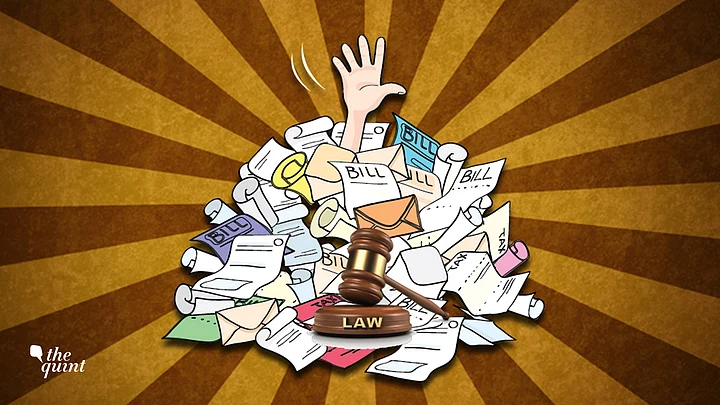Income tax is the money you pay to the government for a variety of things – building of roads, public health, government subsidies, etc. But how much you pay depends on the income tax slab you fall under. Simply put, the higher the income, more the tax.
- If you earn Rs 2.5 lakh in a year, you pay zero tax.
- If your salary is between Rs 2.5-5 lakh, you pay 5 percent tax.
- Salary between Rs 5-10 lakh gets taxed at 20 percent.
- Annual income of more than Rs 10 lakh attracts a 30 percent tax.
But before these rates can apply to you, you get the benefit of deductions, which are incentives of sorts.
The incentives broadly fall under these five buckets:
Rs 1.5 Lakh That Can be Parked in:
Mutual fund tax schemes, public provident fund, employee provident fund, post office schemes, children’s tuition fees, life insurance premium, annuity plans, stamp duty charges for purchase of new house, and repayment of the principal amount of a home loan.
Another Rs 60,000 if you take health insurance:
- You get a deduction of Rs 25,000 for buying health insurance for yourself, your spouse and dependent children. This amount becomes Rs 30,000 if the person insured is more than 60-years-old.
- You can buy health insurance for your parents too, and claim an additional deduction of Rs 25,000 and Rs 30,000 if they are more than 60-years-old.
Paying interest on home loan is the third incentive. For self-occupied house, the limit is Rs 2 lakh. If the property for which you’ve taken the loan is on rent, then the entire interest amount is tax exempt.
Entire interest paid on an education loan for a maximum period of eight years.
And finally, if you don’t own a house and you don’t get house rent allowance from your employer, you get the benefit of deduction as well. The amount is lower of these two – rent paid in excess of 10 percent of total income subject to maximum of Rs 5,000 per month or 25 percent of total income.
There are other categories of deductions too. These include contributions to charitable bodies, political parties, treatment of critical diseases etc, but we’ll keep it simple for now.
So, here’s how these deductions are applied.
Let’s say your annual salary is Rs 11 lakh and assuming you make use of all these five buckets to their maximum limit, the math will look something like this
Rs 11 lakh – (Rs 1.5 lakh + Rs 60,000 + Rs 2 lakh + Rs 1 lakh, for example, for home loan interest + Rs 5,000) = Rs 5.85 lakh.
Since you fall in the Rs 5-10 lakh bracket, you will be taxed at 20 percent.
(This article has been published in an arrangement with the Bloomberg Quint.)
(We Indians have much to talk about these days. But what would you tell India if you had the chance? Pick up the phone and write or record your Letter To India. Don’t be silent, tell her how you feel. Mail us your letter at lettertoindia@thequint.com. We’ll make sure India gets your message.)
(At The Quint, we question everything. Play an active role in shaping our journalism by becoming a member today.)


